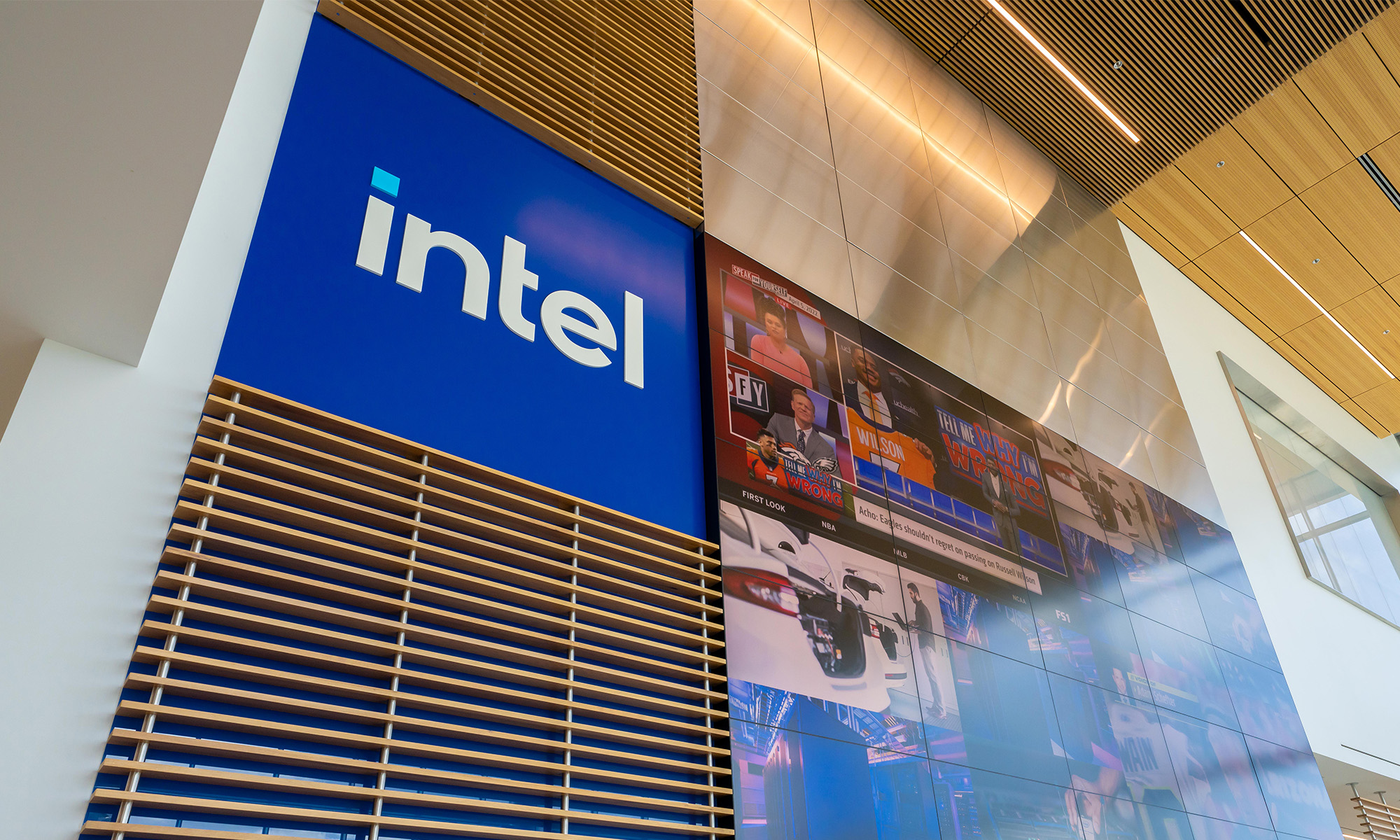Microprocessor giant Intel (INTC +1.66%) is betting on its Data Center Group (DCG) to be its most powerful growth engine over the long term. In the past, the company had set a long-term revenue compounded annual growth rate in this business of 15%, although the company has clearly been unable to hit that target over the past couple of years, recording around 11% growth in 2015 and 8% growth in 2016.

A wafer of Intel server chips. Image source: Intel.
Heading into 2017, Intel is now expecting revenue growth in the "high single digits" for DCG -- well below its previous 15% target, and even lower than the more relaxed "double-digit growth" goal that management has referred to in the past and now appears to aspire to for the future.
Let's take a closer look at why Intel's growth expectations for DCG in 2017 appear modest.
Why did 2016 DCG revenue growth disappoint?
Intel faced an interesting business dynamic in 2016. It saw strong growth in "cloud and [communications] service providers," up 30% year over year in the fourth quarter, but a decline in its "enterprise and government" segments, 7% down in the fourth quarter, partially offset the good news in the other segments.
The problem here is that Intel's enterprise server chip sales still represent a large portion of the company's overall DCG revenue, meaning it takes quite a lot of growth elsewhere to allow the business itself to grow.
Over time, the faster-growing segments within DCG have become larger parts of the segment's overall revenue, but the enterprise segment is still quite large. With that context, investors can now understand why Intel is offering muted guidance for DCG in 2017.
A repeat of 2016 expected in 2017
Intel says its financial guidance assumes that the company will see "similar growth rates in the cloud and [communications] segment" in 2017 as it did in 2016 but that the company isn't betting on things to get any better in the enterprise portion of its business.
"This gets us to an expectation of high-single-digit growth in the data-center business," Intel CFO Robert Swan told investors.
Longer-term expectations
During the conference call, Intel CEO Brian Krzanich offered some commentary about the company's long-term expectations for DCG.
"I think our view is that enterprise will continue to decline," Krzanich conceded. "A lot of that is those workloads moving to the cloud."
What Krzanich is saying here is that the very same factors that lead to the company's outsize cloud computing growth rate are causing the company's enterprise business to drop.
Krzanich then predicted that somewhere down the line, its enterprise business will eventually stabilize, as there are workloads that still make more sense to deploy using a "private cloud."
The executive then went on to predict that "as the world becomes connected, cloud will grow at a much faster rate." He also cited "adjacencies" to Intel's core DCG processor business, which includes 3D XPoint memory, Omni-Path fabric, Silicon Photonics, and "rack scale design" products as factors that, collectively, could help reaccelerate DCG to double-digit revenue growth over the long term.






